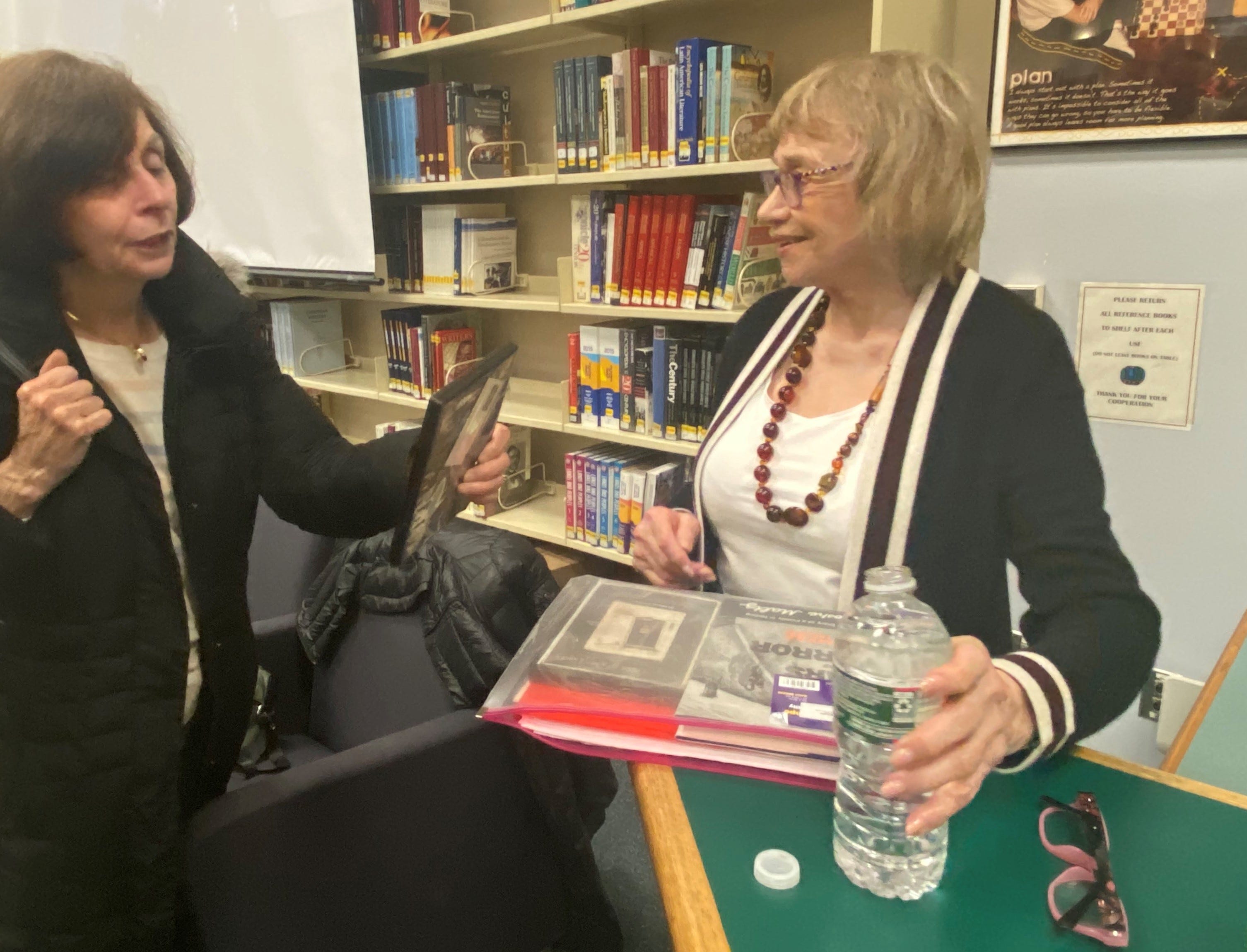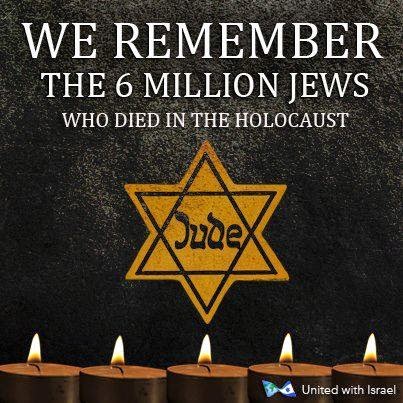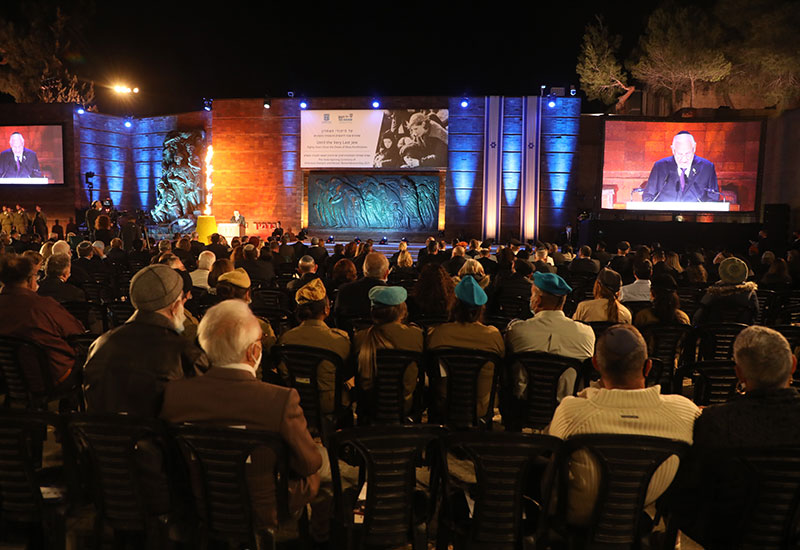

regarding “the leadership of the white peoples” in the Aryan struggle for world domination, Whitman wrote in his book. The Nazis saw Jim Crow as a positive, calling it “race protection.” They believed that Hitler and his regime would carry the torch lit by the U.S. Ferguson legalized a system of racial segregation and overt discrimination against Black Americans, based on the idea of white supremacy. Supreme Court’s 1896 decision in Plessy v. The Jim Crow laws that were upheld by the U.S. It was the leading racist jurisdiction – so much so that even Nazi Germany looked to America for inspiration.” origin and that Germany had yet to replicate them.Īs Whitman wrote in his book Hitler’s American Model: The United States and the Making of Nazi Race Law, “The United States was not just a country with racism.

He lamented that the race-based segregation laws were of U.S. as the country that had made the most progress toward a unified and specific racial identity by “excluding certain races from naturalization.” Hitler proclaimed that American eugenicists and their efforts toward eugenical sterilization made America the only country on the correct path regarding race-based citizenship. In his manifesto Mein Kampf, Hitler praised the U.S. Indeed, Hitler told The Detroit News, “I regard Henry Ford as my inspiration.”
HOLOCAUST REMEMBRANCE DAY APRIL 2017 SERIES
The Nazi upper echelon clarified that these policies and laws were as much an inspiration as American industrialist Henry Ford’s depiction of Jewish people in his weekly newspaper, The D earborn Independent, which published a weekly series of front-page articles under the heading “International Jew” and a bound collection of essays called “The International Jew: The World’s Foremost Problem.”įord’s description of Jewish people – the supposed threat of Jewish power and its hidden influence on civilization – inspired Hitler, a fact largely unknown or ignored by the U.S. Whitman wrote in a piece for Time in 2017 that in “the late nineteenth and early twentieth centuries, America led the world in race-based lawmaking, as a broad political consensus favored safeguarding the historically white character of the country. provided precedence that the Nazis could and did exploit – from slavery to the removal of Indigenous people and Manifest Destiny up to the Jim Crow laws, anti-immigrant and exclusion laws, and the country’s embrace of the pseudoscience of eugenics. Scholars of the Holocaust and Nazism know well that white supremacy in the U.S. on the rise of Nazism and the current resurgence of antisemitism as an ideology that animates and connects other forms of racism as well. If “ Never Again” is to retain its meaning and not become a convenient political platitude, we must acknowledge the influence of the U.S.

That’s a 34% increase year over year and the highest number of incidents on record since the ADL began tracking antisemitic incidents in 1979. in 2021, totaling 2,717 incidents of assault, harassment and vandalism reported to the Anti-Defamation League (ADL).
HOLOCAUST REMEMBRANCE DAY APRIL 2017 HOW TO
Cvetka Hedget Tóth.Īt 7 pm, we invite you to the Smail Festić International Cultural Center, Židovska ulica 12, to the presentation of a virtual memorial against the Holocaust oblivion by Mihael Toš and the Achtung Auschwitz project by Zlatko Kraljić.Yom HaShoah – Holocaust Remembrance Day – has become increasingly important not only for remembering the horrors of the Holocaust, or Shoah, but for reflecting on what we can learn from it and how to apply these lessons today as antisemitism surges in the U.S.Īntisemitic incidents reached an all-time high in the U.S. The event will start at 6 pm in the Synagogue Maribor, Židovska ulica 4, with the presentation of the book Vladek’s Path to the Unknown: Chronicle of a Jewish Family from Murska Sobota. On the anniversary of the beginning of mass deportations of Jews from Prekmurje to Nazi death camps, the Center of Jewish Cultural Heritage Synagogue Maribor and Agencia on Wednesday, 26th of April 2017, kindly invite you to a memorial event. Only a handful of Slovenian Jews survived the Holocaust. In this camp, most Jews were killed immediately upon arrival. From there they were deported first to Čakovec and then to Nagykanizsa and finally to Auschwitz. On 26th of April 1944, the occupying authorities ordered an assembly of Prekmurje Jews, then the largest Jewish community on Slovenian soil, in the synagogues in Murska Sobota and Lendava. Remembrance Day for Slovenian Holocaust Victims Memorial event 26.


 0 kommentar(er)
0 kommentar(er)
